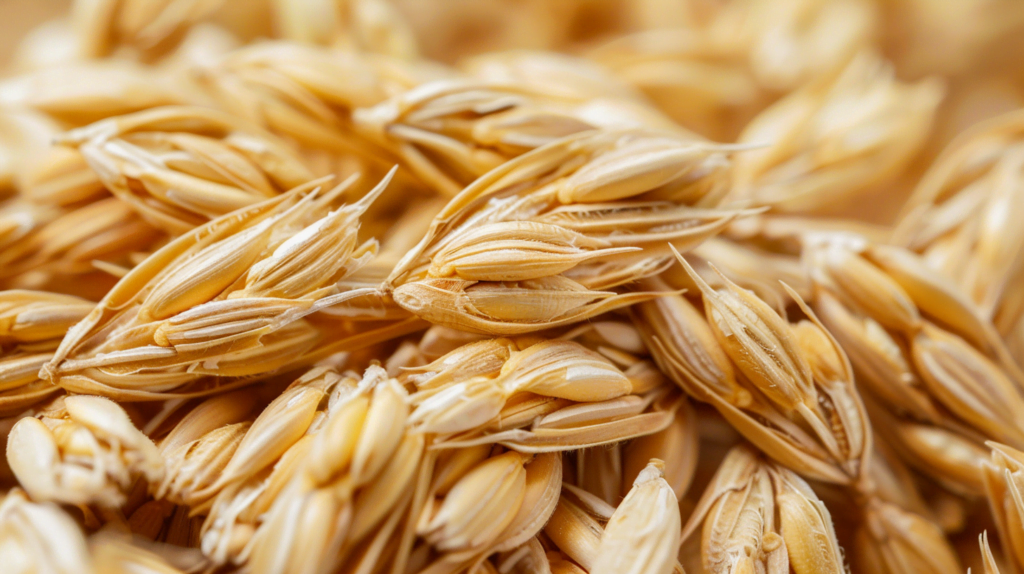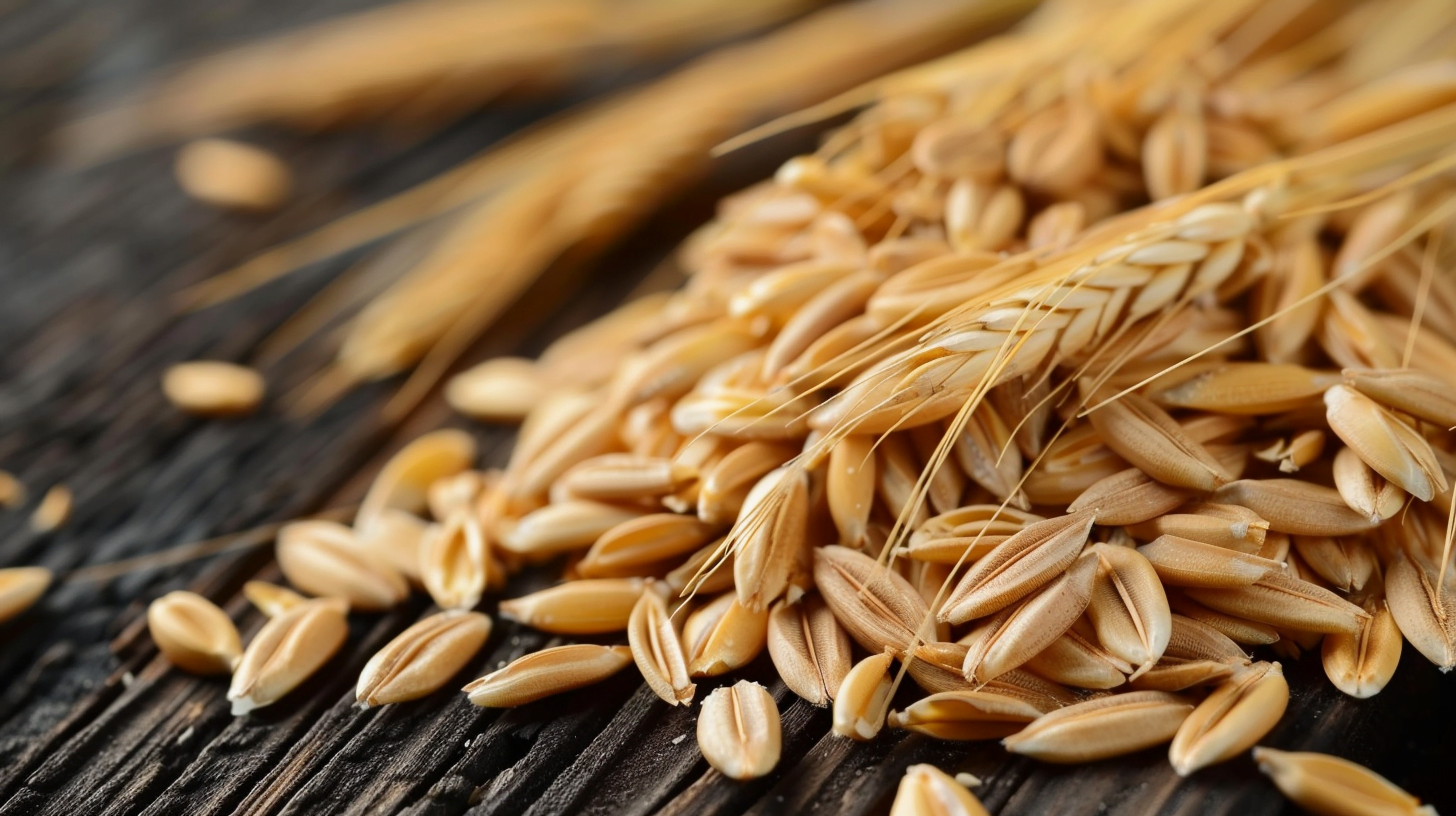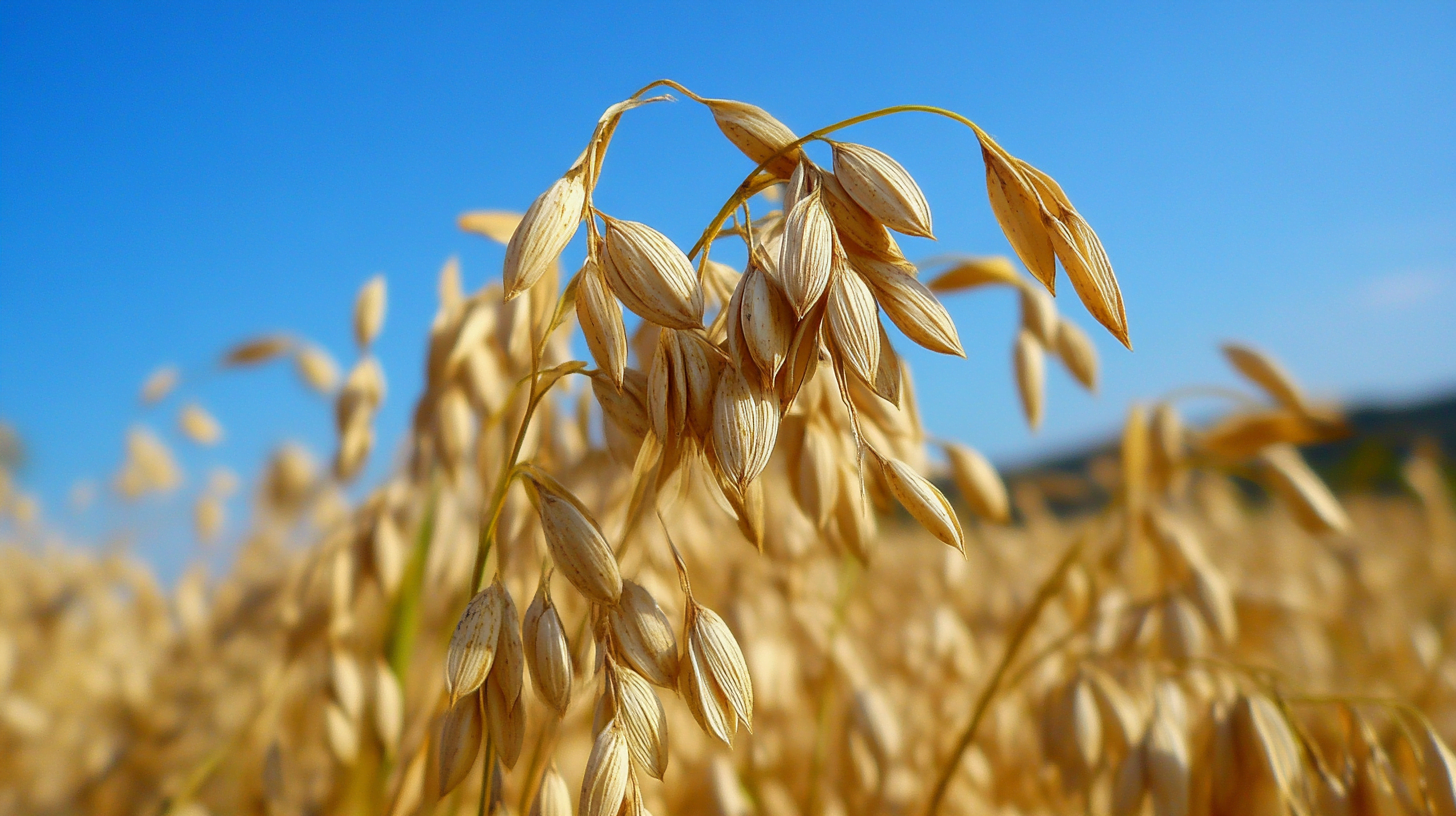Canada’s Oats Export Market
Canada is the world’s largest exporter of oats, with a net trade value of $455 million in 2022. The country’s oats exports are primarily destined for the United States, China, Japan, South Korea, and Peru. The United States is the largest market for Canadian oats, accounting for $442 million of the total exports. The fastest growing export markets for Canadian oats between 2021 and 2022 were the United States, South Korea, and Dominican Republic.
Factors Affecting Oat Prices
Oat prices are influenced by several factors, including Canadian, US, and Scandinavian supply and demand, quality of the oats, the North American feed grain market, transportation, and other competitive factors such as trade subsidies. The Chicago Board of Trade (CBOT) oat futures and the Minneapolis cash oat market are used as guides for oat prices, with the Canadian dollar exchange rate also playing a role. However, the Alberta cash market, particularly the performance and milling markets, can vary significantly from the Chicago market.
Impact of Weather on Oat Prices
Weather conditions, such as drought or excessive rainfall, can significantly impact oat yields and quality, leading to price fluctuations. For example, the 2021 drought in Western Canada resulted in lower oat yields, leading to higher prices. Conversely, favorable weather conditions can lead to higher yields and lower prices.
Role of Trade Agreements
Canada’s oats trade policies are influenced by various trade agreements, including the United States-Mexico-Canada Agreement (USMCA) and the Comprehensive and Progressive Agreement for Trans-Pacific Partnership (CPTPP). These agreements aim to reduce tariffs and other trade barriers, making it easier for Canadian oats to enter foreign markets.

Quality Factors in Oats Marketing
Heavier test weights and lower levels of foreign material are two key quality factors often desired in feed oats. Commonly, feed oats make up a sizeable portion of the oats exported out of the province, with local neighbour-to-neighbour or direct to the feed mill sales providing a ready cash market. Alberta oats are also sold for use in birdseed mixes, specialty feedstuff rations, and organic food markets. Companies involved in the birdseed trade prefer oat varieties that are plump, easy to groat, and produce a consistently sized end product.
Specialty Oat Markets
There is a growing demand for specialty oats, such as hulless oats, which are used in human consumption products like oat milk and oat flour. These oats require specific quality characteristics, including high protein content and low levels of impurities. Canadian oat growers are responding to this demand by planting hulless oat varieties, which can command a premium price.
Canada’s Oats Import Market
Canada imported $8.36 million worth of oats in 2022, making it the 17th largest importer of oats in the world. The main sources of Canada’s oats imports are the United States, United Kingdom, Sweden, Kenya, and Australia. The fastest growing import markets for Canadian oats between 2021 and 2022 were the United States, United Kingdom, and Sweden.
Challenges Facing the Global Oats Market
The global oats market faces challenges such as crop problems in Europe and Australia, which can impact global supplies and prices. The market is also influenced by food demand, with milling use of oats and oat product exports playing a significant role. North American milling use of oats and oat product exports are expected to continue growing, driven by demand for oat-based food products.
Impact of Food Demand on Oat Prices
The growing demand for oat-based food products, such as oat milk and oat bread, is driving up prices for high-quality oats. This demand is driven by consumer preferences for healthier and more sustainable food options. As a result, oat prices are becoming more closely tied to food prices, rather than just feed prices.
Modernizing the Pricing Structure
The current pricing structure for Canadian oats has been criticized for being outdated and not reflecting the value of oats as a human-consumption grain. The industry is looking at ways to modernize the pricing structure, including encouraging direct contracting between oat growers and processors to provide growers with more price certainty and improving price transparency across the oat supply chain. This would help reduce reliance on volatile futures markets and allow growers to capture a greater share of the value chain.
Benefits of Direct Contracting
Direct contracting between oat growers and processors can provide several benefits, including:
- Price certainty: Growers can negotiate a fixed price for their oats, reducing the risk of price fluctuations.
- Improved quality: Processors can specify the quality characteristics they require, ensuring that growers produce oats that meet their needs.
- Increased efficiency: Direct contracting can reduce the number of middlemen in the supply chain, making it more efficient and cost-effective.

Outlook for Canadian Oats
The outlook for Canadian oats is robust, with an expected increase in planted area and harvest. This is driven by the need to replenish global supplies after drought and the impact on US cereal and oat milk makers. The modernization of the pricing structure is seen as a key factor in incentivizing oat production and bringing stability to the market.
Opportunities for Canadian Oat Growers
Canadian oat growers have several opportunities to capitalize on the growing demand for oats, including:
- Diversifying into specialty oats: Growing hulless oats or other specialty varieties can command a premium price and provide a new revenue stream.
- Expanding into new markets: Canadian oats are in high demand in countries like China and Japan, providing opportunities for growers to expand their export markets.
- Improving sustainability: Adopting sustainable farming practices can help reduce the environmental impact of oat production and appeal to consumers who prioritize sustainability.
Conclusion
Canada’s oats trade policies play a crucial role in the global oats market. Understanding the export and import markets, global trends, and domestic challenges is essential for oat growers, processors, and consumers alike. By modernizing the pricing structure and diversifying markets, Canada can continue to be a leading player in the oats trade.



